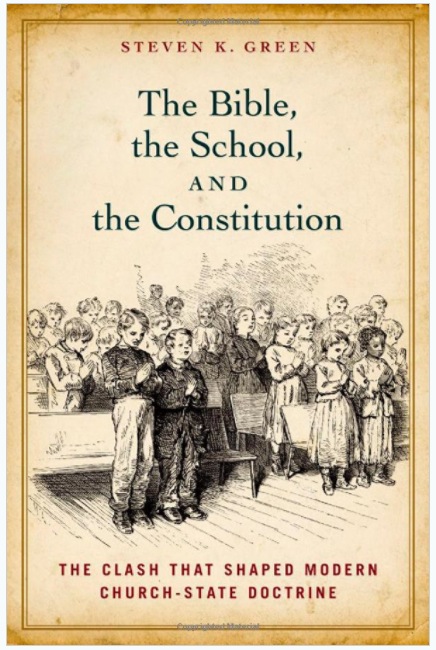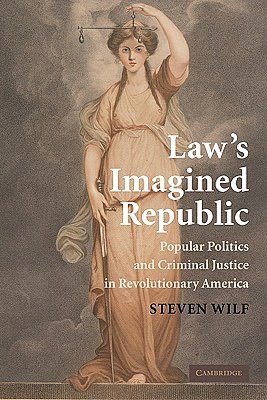Adkins v. Children’s Hospital (U.S. 1923) is a landmark in the constitutional history of the United States. The Supreme Court’s invalidation of the District of Columbia’s minimum wage law, after many progressives thought that the Court had overruled its liberty-of-contract precedents
sub silentio, made the case an instant sensation. It remains of special interest for constitutional and legal historians, many of whom (including
Vivien Hart,
Michael Parrish, and
Ellen Zimmerman) have thoroughly mined correspondence in Felix Frankfurter’s Papers at the Library of Congress.
I write now to note the existence of seven letters from Frankfurter about the case the Jesse C. Adkins Papers in the
Special Collections Department of the Georgetown University Law Library. I believe they have escaped historians’ notice; in any event, they are not listed in
the indispensable census of manuscript collections compiled by the History Office of the Federal Judicial Center. To be sure, several also survive in the Library of Congress’s collection, and none really alters our understanding of Frankfurter’s role in the case, which commenced with
the appeal to the Circuit Court of Appeals for the District of Columbia of the trial court’s decision upholding the law. Still, they help with the atmospherics of the case.
Jesse Corcoran Adkins (1879-1955) was a well-regarded practitioner, a former Assistant Attorney General, and a quondam professor at his alma mater, the Georgetown Law School when he was appointed to the DC Minimum Wage Board in October 1919. He and Frankfurter enjoyed cordial relations, apparently dating from the Taft administration, when Frankfurter was in the War Department and Adkins in the Department of Justice. The Harvard law professor felt close enough to the Washington lawyer to urge him to “publicly come out against the Women’s Party Amendment.” (Frankfurter called this early version of the Equal Rights Amendment “a dangerously ‘liberal’ proposal” that would “romantically and blithely” sweep away the power to enact “legislation protective of women who need it.”)
When the case reached the Court of Appeals, one of its members, Charles Robb, was ill. Wendell P. Stafford, a progressive trial judge, was designated to hear the case together with Josiah Van Orsdel and Constantine Smyth. Frankfurter had already written Adkins that he could not “believe that even your C. of A. will fail to sustain the law”; “the good fortune that gave us Stafford instead of Robb” made him even more confident of victory. And, in fact, Stafford and Smyth voted to affirm, over Van Orsdel’s dissent, and overruled a motion to rehear the case. It happened, however, that the employer’s lawyer, Van Orsdel, and Robb did not take no for an answer. Instead, they forced a rehearing of the case with Robb back on the panel, in Stafford’s place. By a 2-1 vote, with Smyth in dissent, they reversed and struck down the law.
Frankfurter was livid. “To me the conduct of Judges Robb and Van Orsdel was nothing short of a scandal,” he fumed. That Adkins’s “fighting spirit is up about the rehearing” gladdened him. “The only way to deal with such a ‘raw deal’ is to expose it, with courtesy but firmly.”
The Adkins letters shed only a little light on the conduct of the subsequent appeal to the Supreme Court. Frankfurter told Adkins that “your Rent case” (
Block v. Hirsch) encouraged him. He claimed that,“for obvious reasons,” he never talked to Louis Brandeis about his recusal in
Bunting v. Oregon. Although he believed Brandeis was not legally disqualified from hearing Adkins, he also predicted, accurately, that the justice would not do so, “in view of his daughter’s close relation to the litigation. Alas, too bad!”
The correspondence does help with the aftermath of the Supreme Court’s decision. Frankfurter sent Adkins a long letter concluding that the Court had only struck down the statute’s provisions for fixing “the wages of adult workers,
sui juris” and had expressly disavowed “the provisions relating to minors.” Although the doctrine of severability raised “a very serious question,” Frankfurter advised Adkins that his Board should proceed with wage-setting for children and “fact-gathering and wage-recommending.” “To any student of the impulses and reasons behind this legislation there can be very little doubt that Congress would have passed as much of this legislation as it Constitutionally
could pass.”
Further, Frankfurter advised against a rehearing in the U.S. Supreme Court and reported that this was Roscoe Pound’s view as well. Minimum wagers should wait for a “case to come up from some other jurisdiction” or “try for another law” in the District of Columbia, he told Adkins. “We should vigorously drive for [a] new law from Congress, which will meet some of Sutherland’s language.” Although Frankfurter promised “details of this soon,” the correspondence in the Adkins Papers ends here. We learn from Hart and others that Frankfurter was thinking of Sutherland’s dictum that a law setting wages according to “the value of the service rendered,” rather than an estimate of a female worker's economic need, might pass constitutional muster.
[Thanks to Megan Buckley for her research assistance and Hannah Miller for help in consulting the Adkins Papers.]
















